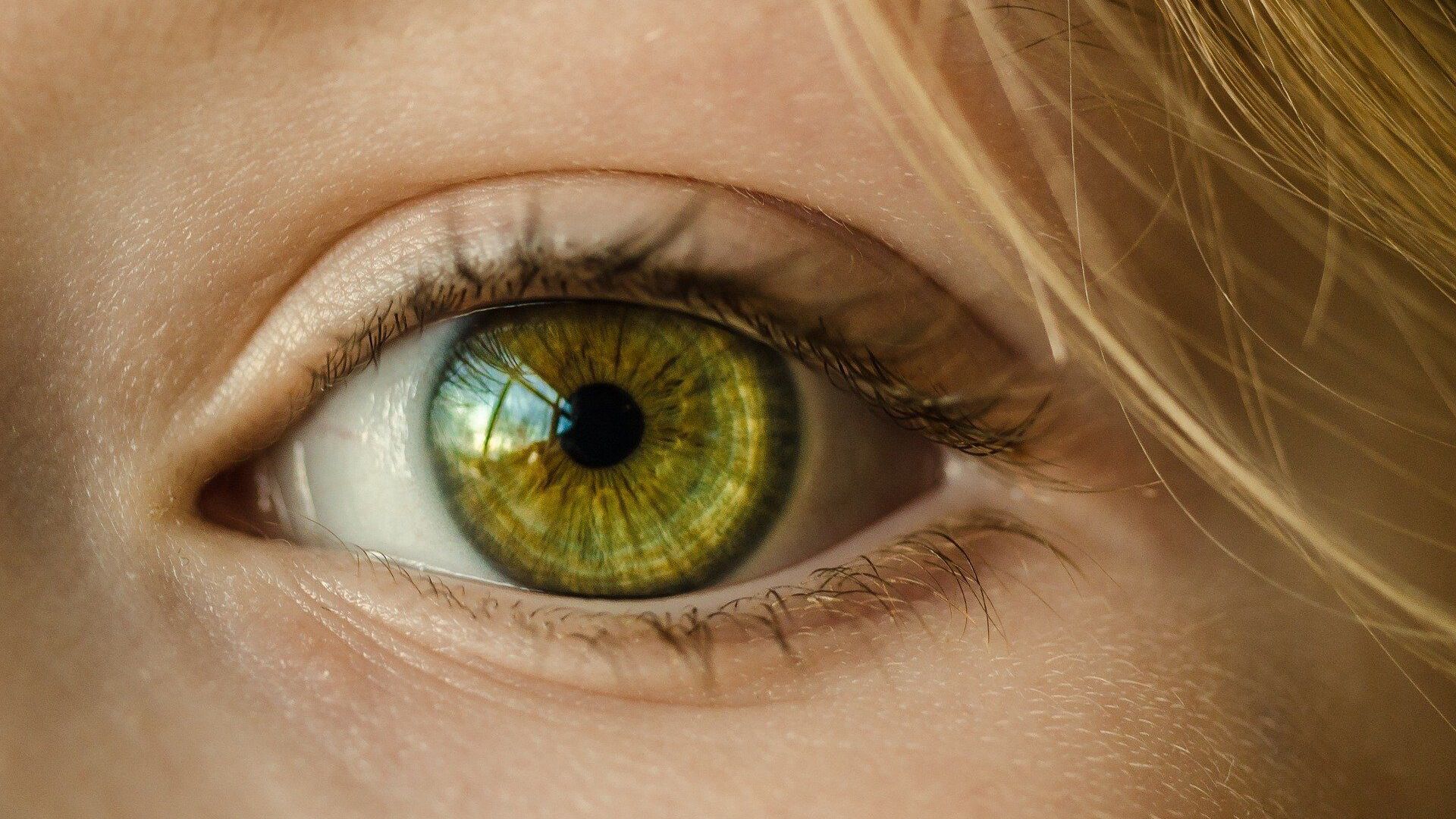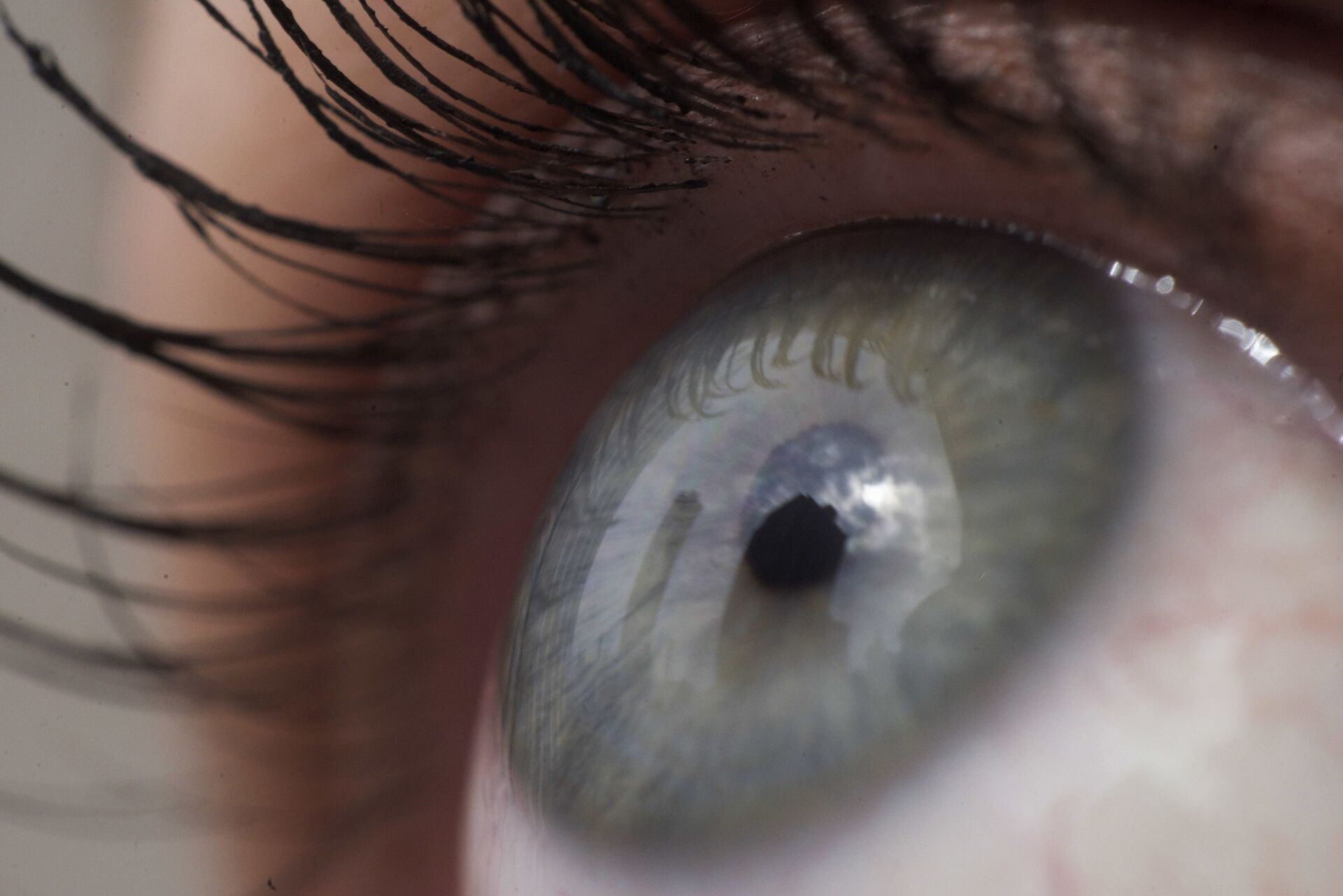https://sputnikglobe.com/20220328/scientists-to-develop-next-generation-artificial-corneas-1094254685.html
Scientists to Develop Next-Generation Artificial Corneas
Scientists to Develop Next-Generation Artificial Corneas
Sputnik International
A group of scientists from Don State Technical University (DSTU, Rostov-on-Don, Russia), together with colleagues from Australia, have developed optimal material parameters for effective and inexpensive corneal prostheses.
2022-03-28T10:12+0000
2022-03-28T10:12+0000
2022-08-06T13:32+0000
eye operation
russia
rostov-on-don
science & tech
https://cdn1.img.sputnikglobe.com/img/07e5/07/0e/1083386496_0:35:1920:1115_1920x0_80_0_0_ce0d7c7bf9d3c2e4b990fa5fe5225655.jpg
The data obtained will make it possible to create next generation artificial corneas for eye surgery that will take root easily without damaging healthy eye tissues, the press service of the university informed.The cornea is the most convex part of the outer shell of the eyeball, which is involved in the refraction of light. It consists of several layers of special elastic and porous tissues. Corneal damage is one of the most common eye pathologies, which can be treated with the help of an expensive operation only, the scientists explained.Corneal transplantation does not guarantee the restoration of vision due to the high probability of rejection of tissues, while an efficient prosthetic technology has not been developed yet. One of the key challenges for modern eye surgery is to create an inexpensive prosthesis that would be as similar to the cornea as possible.The DSTU researchers have now successfully undertaken mathematical modelling of the properties of the prosthesis material, which will make it possible to implant the prosthesis in the eye successfully.To prevent rejection or damage to the eye in the area of contact with the lens of the prosthesis, scientists are to use an intermediate layer of a heterogeneous polymer. It will make it possible to imitate natural deformations of the cornea, as well as increase the optical part of the prosthesis to expand the viewing angle.The study is carried out within the framework of grant No. 220 provided by the Russian government for 2018–2022 to research "Biomechanics of tissues of the oral cavity and the eyeball and optimised biocompatible materials for implantation".The scientific team was headed by Professor Michael Swain of the University of Sydney.In the future, the researchers intend to move on to the experimental selection of specific materials in order to test prototypes of the new prosthesis on biological models.
rostov-on-don
Sputnik International
feedback@sputniknews.com
+74956456601
MIA „Rossiya Segodnya“
2022
Sputnik International
feedback@sputniknews.com
+74956456601
MIA „Rossiya Segodnya“
News
en_EN
Sputnik International
feedback@sputniknews.com
+74956456601
MIA „Rossiya Segodnya“
Sputnik International
feedback@sputniknews.com
+74956456601
MIA „Rossiya Segodnya“
corneal prostheses, cornea, don state technical university
corneal prostheses, cornea, don state technical university
Scientists to Develop Next-Generation Artificial Corneas
10:12 GMT 28.03.2022 (Updated: 13:32 GMT 06.08.2022) A group of scientists from Don State Technical University (DSTU, Rostov-on-Don, Russia), together with colleagues from Australia, have developed optimal material parameters for effective and inexpensive corneal prostheses.
The data obtained will make it possible to create next generation artificial corneas for eye surgery that will take root easily without damaging healthy eye tissues, the press service of the university informed.
The cornea is the most convex part of the outer shell of the eyeball, which is involved in the refraction of light. It consists of several layers of special elastic and porous tissues. Corneal damage is one of the most common eye pathologies, which can be treated with the help of an expensive operation only, the scientists explained.
Corneal transplantation does not guarantee the restoration of vision due to the high probability of rejection of tissues, while an efficient prosthetic technology has not been developed yet. One of the key challenges for modern eye surgery is to create an inexpensive prosthesis that would be as similar to the cornea as possible.
The DSTU researchers have now successfully undertaken mathematical modelling of the properties of the prosthesis material, which will make it possible to implant the prosthesis in the eye successfully.
"Due to the difference in the elasticity of the material of the prosthesis and the cornea, existing prostheses develop stress zones in the place of contact with the eyeball, which leads to eye tissue degradation. We conducted a series of tests to determine the parameters of a possible material which would make it possible to avoid this problem”, Alexander Epikhin, leading researcher at the DSTU Research and Education Centre “Materials" and head of the department of ophthalmology at Rostov State Medical University, said.
To prevent rejection or damage to the eye in the area of contact with the lens of the prosthesis, scientists are to use an intermediate layer of a heterogeneous polymer. It will make it possible to imitate natural deformations of the cornea, as well as increase the optical part of the prosthesis to expand the viewing angle.
“The data obtained will enable us to select porous materials for the development of a new fastening element for the optical part. However, there are other problems to be solved: for example, when the support part of the prosthesis contacts with the cornea, soft tissues are destroyed, and the prosthesis itself can be pushed out by intraocular pressure,” Arkady Solovyov, head of the DSTU Department of Theoretical and Applied Mechanics, said.
The study is carried out within the framework of grant No. 220 provided by the Russian government for 2018–2022 to research "Biomechanics of tissues of the oral cavity and the
eyeball and optimised biocompatible materials for implantation".
The scientific team was headed by Professor Michael Swain of the University of Sydney.
In the future, the researchers intend to move on to the experimental selection of specific materials in order to test prototypes of the new prosthesis on biological models.



